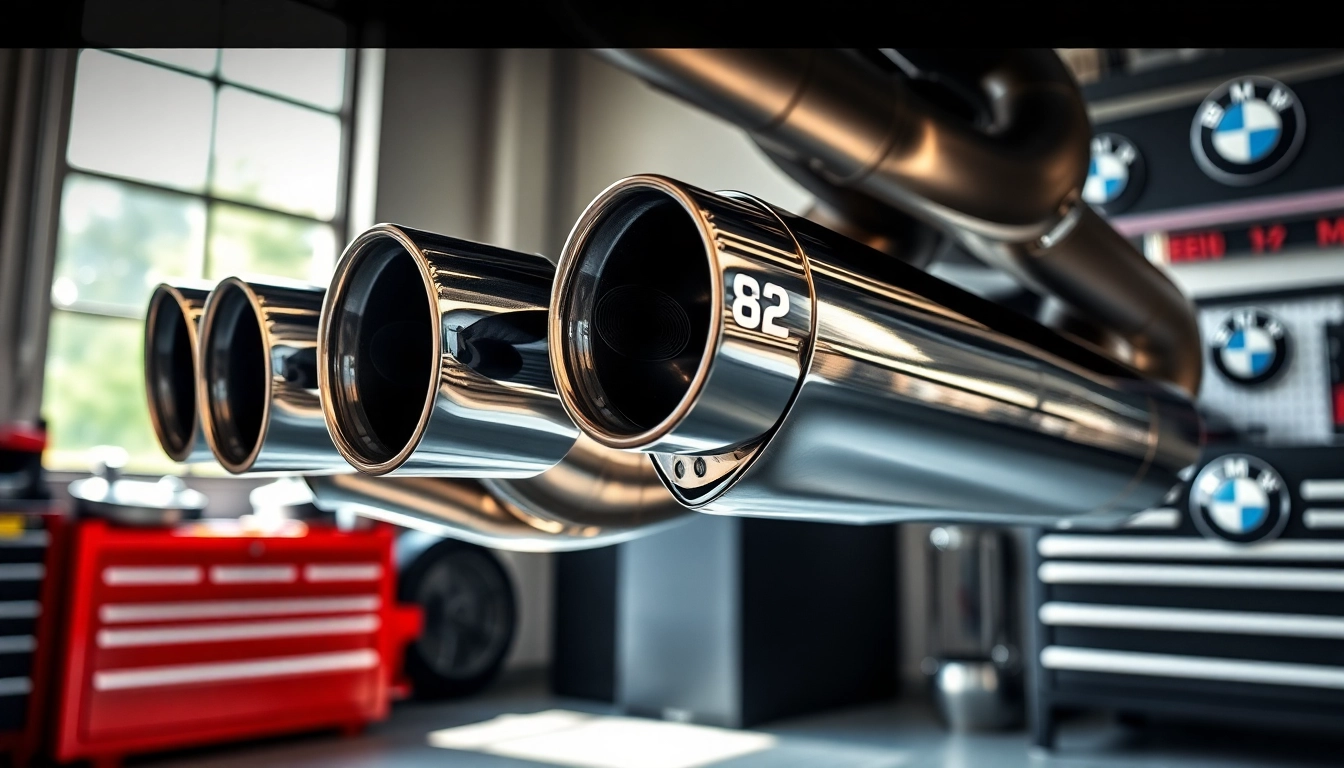Understanding the Concept of Part Exchange
What is Part Exchange?
Part exchange is a transactional process often used when purchasing a new asset, primarily seen in automotive and real estate industries. It involves trading in an existing asset—like a car—where its value is deducted from the price of the new purchase. This method simplifies the transaction as it eliminates the need for selling the old asset individually. Rather than receiving cash from a buyer, the seller gets a reduction in the price of the new asset directly linking the two transactions.
The concept can be particularly beneficial for those seeking to acquire a new vehicle without the hassle of private sales. By offering your old vehicle as a Part Exchange, you can save time and energy, streamline the process, and instantly offset the overall cost of the new purchase.
Benefits of Using Part Exchange
Choosing part exchange comes with an array of advantages, making it an attractive option for many buyers:
- Convenience: Part exchanging your vehicle is notably more straightforward than selling your car privately. There’s no need to arrange viewings, negotiate prices, or deal with potential buyers who might back out.
- Immediate Value Appraisal: Dealers will assess your trade-in vehicle’s value on-site, providing immediate figures that can be visually translated into discounts on your new purchase.
- Financial Benefits: Part exchange often presents favorable tax implications, as the value of your trade-in can substantially reduce the overall taxable amount when purchasing a new car.
- Instant Transaction: You can finalize both the sale of your old vehicle and the purchase of your new one in a single visit, streamlining the process into a seamless experience.
Common Misconceptions about Part Exchange
Despite the clear benefits that part exchange offers, several misconceptions surround this practice:
- Lower Values: A common myth is that part exchange offers lower values than private sales. While this can be true in some cases, the convenience factor and immediate trade-in prices can outweigh financial losses from lower valuation.
- Complex Process: Many believe part exchanging requires excessive paperwork and complex processes. However, reputable dealers often assist with paperwork, making the process quite manageable.
- Limited to Cars: While part exchange is most frequently associated with cars, it is also applicable to various assets, including properties and electronics.
How to Prepare for a Part Exchange
Evaluating Your Vehicle’s Value
An essential step before proceeding with part exchange is evaluating your vehicle’s worth. Various online valuation platforms can provide a quick estimate based on your car’s make, model, year, mileage, and condition:
- Use Comparison Tools: Websites like Parker’s or AutoTrader can provide comparative values based on similar vehicles.
- Seek Professional Appraisals: Some dealerships may offer preliminary appraisals that can set realistic expectations before approaching negotiations.
Documentation Needed for Part Exchange
To facilitate a smooth part exchange, ensure that you have the necessary documentation ready:
- Logbook (V5C Certificate): This document proves ownership and must be passed onto the dealer during the transaction.
- MOT Certificate: Provide the current MOT certificate, confirming that the car meets legal requirements for roadworthiness.
- Service History: Having a service history can enhance your vehicle’s credibility and potentially increase its value.
- Keys: Ensure you have all sets of keys for the vehicle being exchanged.
Preparing Your Car for Inspection
Before taking your vehicle for a potential part exchange, it’s beneficial to prepare it for the dealer’s inspection:
- Clean and Detail: A well-presented car gives a better impression and can influence the valuation positively.
- Address Minor Repairs: Fixing smaller issues like scratches or dents can improve your vehicle’s appeal.
- Remove Personal Items: Clear out all personal belongings to provide a clean slate for the inspection.
The Part Exchange Process Explained
Step-by-Step Guide to Part Exchange
Here’s a simplified version of the part exchange process:
- Initial Valuation: Get an initial estimate of your vehicle’s worth using online tools or at a dealership.
- Choose a Dealer: Research and select a dealership known for favorable part exchange offers.
- Inspection: Visit the dealer to have your vehicle inspected. This may involve a physical check and a test drive.
- Receive Offer: The dealer will present a part-exchange offer based on their assessment.
- Negotiate: Engage in negotiations if the initial offer does not meet your expectations.
- Finalize the Deal: Once an agreement is reached, finalize paperwork and transfer ownership.
Negotiating the Best Deal
Effective negotiation is key to ensuring you get the best deal for your part exchange:
- Research: Know your vehicle’s worth and have appraisals ready to support your case during negotiations.
- Be Prepared to Walk Away: If you feel the offer is unfair, be prepared to decline and look for other options. A competitive market means dealers may be more flexible than you think.
- Build Rapport: Establish a friendly relationship with the dealer; this can facilitate better negotiations.
Understanding Trade-In Values
Understanding how trade-in values are determined will better prepare you for negotiations:
- Market Demand: The current demand for your car model affects trade-in value. Popular models often fetch higher prices.
- Condition of the Vehicle: Factors such as mileage, service history, and general condition significantly impact valuation.
- Dealer Markup: Dealers typically add a markup to the price of used vehicles. Your trade-in value forms part of their overall pricing strategy.
Comparing Part Exchange with Other Selling Methods
Part Exchange vs. Private Sale
When considering selling your vehicle, part exchange and private sale are two common methods. Here’s how they differ:
- Efficiency: Part exchange is generally quicker, while private sales require time for advertising, negotiating, and finalizing sales.
- Potential Financial Gain: Private sales often yield higher values, but they come with the risk of not finding a buyer or dealing with timewasters.
- Convenience: Part exchange is hassle-free, avoiding the complex process of personal sales.
Is Part Exchange Worth It?
Ultimately, whether part exchange is worth it depends on your individual circumstances. If you prioritize convenience and speed, it may be the best option. However, if maximizing the return on your vehicle is your highest priority, exploring private sales might yield better results.
Factors That Influence Your Decision
Several factors could sway your decision on whether to opt for part exchange or another method:
- Time Constraints: If you need a new vehicle urgently, part exchange might be more appealing.
- Market Conditions: During high demand for certain models, private sales might yield better returns.
- Personal Preferences: Your comfort level with negotiating and dealing with potential buyers can influence your choice.
After the Part Exchange: What to Expect
Finalizing Your New Purchase
Once you finalize the part exchange transaction, remember the following steps when acquiring your new vehicle:
- Verify Paperwork: Ensure that all necessary paperwork for both the new vehicle and the trade-in is completed accurately.
- Familiarization: Take some time to familiarize yourself with the new vehicle’s controls and features before driving off the lot.
- Follow-Up: Don’t hesitate to contact the dealer post-purchase if you face issues or require additional information about your new car.
Transitioning to Your New Vehicle
Transitioning to a new vehicle can be exhilarating but may also require some adjustment. Here are tips for a smooth transition:
- Take it Slow: If you’re moving from a familiar vehicle, take time to adjust to your new one’s handling and systems.
- Update Insurance: Ensure that your insurance is updated to reflect your new vehicle to avoid any gaps in coverage.
- Maintain Communication: Keep in touch with the dealership for any service-related questions or concerns that might arise.
Long-Term Benefits of Part Exchange
Beyond the immediate convenience, part exchange may offer several long-term benefits:
- Continuity: Engaging in part exchange fosters a relationship with dealers who may provide insights into future purchases, financing options, or trade-in opportunities.
- Safety and Reliability: Dealers typically ensure that the vehicles they sell are roadworthy and comply with safety regulations, providing peace of mind in the long run.
- Time Efficiency: Choosing part exchange means less time spent on manual transactions, freeing you to focus on other important matters.



